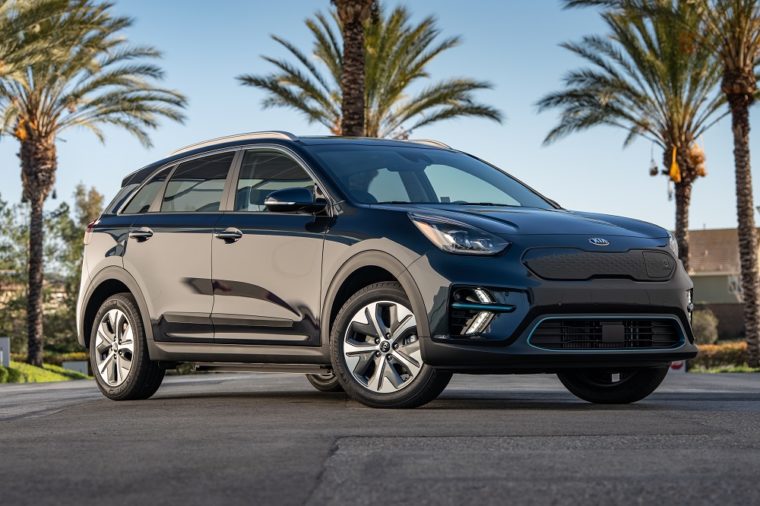
Photo: Kia Motors
In Europe, many companies are attempting to lower emissions to help protect the Earth from the disastrous effects of climate change. With Kia’s commitment — in partnership with Hyundai Motors — to create 44 eco-friendly models by 2025, it makes sense that the automaker recently invested in the high-power EV charging network IONITY.
Coming Soon: The 2020 Kia Soul EV will be available in the next few months
IONITY was originally founded in 2017 by the Ford Motor Company, BMW Group, Daimler AG, and Volkswagen Group with Porsche AG. Kia now joins the ranks of these brands in an effort to provide EV drivers with more opportunities to charge their vehicles and for those charges to last longer. The IONITY fast-charging stations have a capacity of 350 kilowatts and uses the universal charging standard Combined Charging System. What this means is that more electric vehicles are compatible with these stations. As such, starting in 2021, Kia EVs will be equipped with 800-volt charging systems to be able to handle that 350-kilowatt max charging power from IONITY stations.

Photo: IONITY
“Our participation in this joint venture reaffirms the Group’s commitment to future electromobility,” said Thomas Schemera, Executive Vice President and Head of Product Division at Hyundai Motor Group. “I am confident that our work with IONITY will open a new era of high-power charging experiences, where charging will be seamless and easier than refueling for our customers.”
Finance FAQ: What do things like APR, credit score, and refinancing mean?
On top of this incredible partnership, IONITY will be expanding its network of fast-charging stations to a total of 400 by 2020, with the hopes of having one station per 120 kilometers along major European highways.
The News Wheel is a digital auto magazine providing readers with a fresh perspective on the latest car news. We’re located in the heart of America (Dayton, Ohio) and our goal is to deliver an entertaining and informative perspective on what’s trending in the automotive world. See more articles from The News Wheel.





